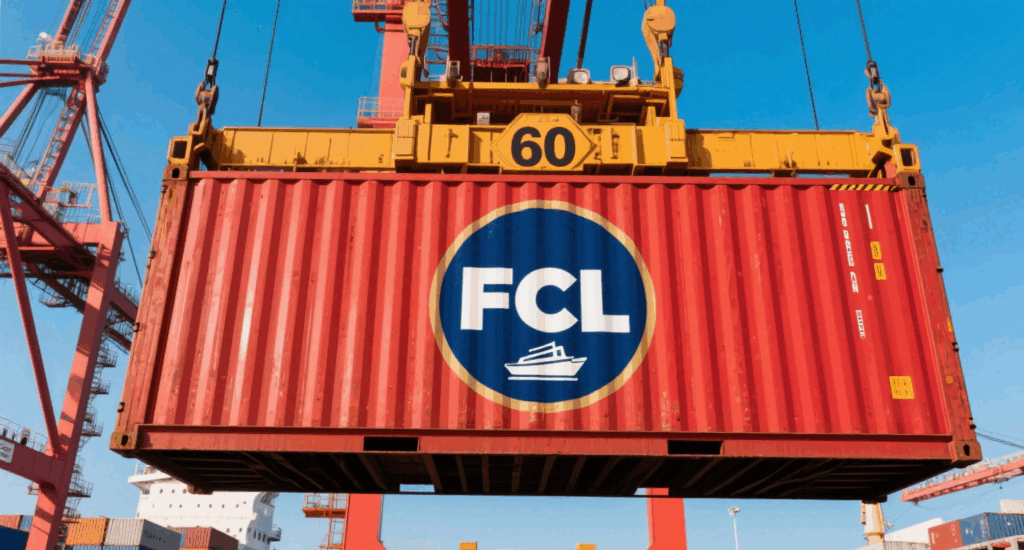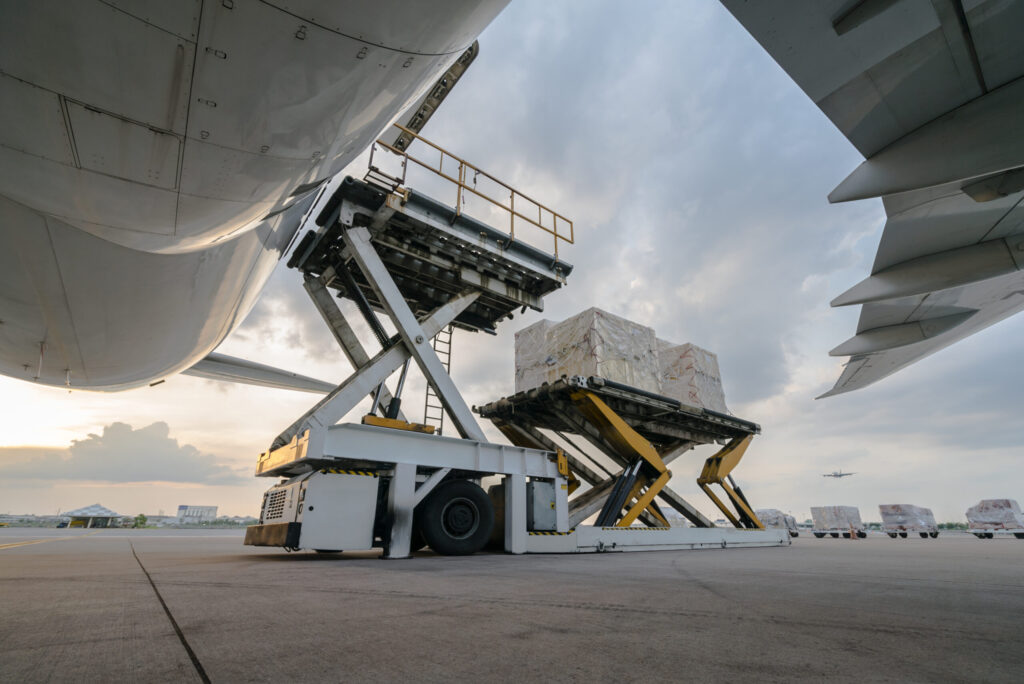- By Della tj
- September 19, 2025
- Air Freight, Shipping
Global trade between China and the United States depends heavily on stable logistics networks. Recently, China US air freight capacity drops have caused significant challenges for importers, exporters, and supply chain managers. As a result, businesses face rising shipping costs, unpredictable delivery schedules, and increased pressure to secure space. This article explores the causes, consequences, and practical strategies for adapting to these changes.
What Is Driving the China US Air Freight Capacity Drops?
Several factors contribute to the reduction in available cargo space.
- Fuel price volatility: Higher jet fuel costs limit the number of commercial flights.
- Seasonal demand surges: Holiday seasons increase passenger traffic, reducing bellyhold cargo space.
- Geopolitical tensions: Trade restrictions and tariffs discourage airlines from expanding routes.
- Pandemic aftershocks: Despite recovery, some airlines still operate fewer aircraft on transpacific lanes.
Moreover, weather disruptions, airline consolidation, and slot restrictions at major airports like Shanghai Pudong (PVG) and Los Angeles (LAX) add further complexity.
How Do Capacity Drops Affect Shipping Costs?
When supply tightens, freight rates rise. Indeed, forwarders report that spot rates on China–US routes sometimes triple during peak periods.
| Shipping Mode | Average Cost per KG (2025) | Transit Time | Pros | Cons |
|---|---|---|---|---|
| Standard Air Freight | $6 – $10 | 5–8 days | Reliable, faster than sea | Higher cost, limited capacity |
| Express Courier | $10 – $15 | 3–5 days | Door-to-door, customs included | Very expensive for bulk cargo |
| Sea Freight (FCL) | $1 – $2 per kg (20GP) | 25–40 days | Cheapest per unit for large volume | Long transit, port congestion risks |
| Rail (China–Europe–US) | $2.5 – $4 | 20–30 days | Alternative to sea + air combined | Complex routing, customs delays possible |
Consequently, companies moving electronics, perishables, or fashion items struggle to keep costs manageable.
Why Is Transit Time Becoming Less Predictable?
Although air freight is faster than sea freight, capacity drops cause shipment delays:
- Cargo is often “rolled over” to the next available flight.
- Prioritization favors higher-paying express shipments.
- Hub congestion at Anchorage, Hong Kong, and Los Angeles increases turnaround times.
To illustrate, some shipments that once took 5 days now extend to 10–12 days during high-demand weeks.
Case Studies: Real Examples of China–US Air Freight
Case 1: Shenzhen to Los Angeles (Electronics)
- Cargo: 8 tons of consumer electronics.
- Mode: Standard air freight.
- Cost: $72,000 (at $9/kg).
- Transit Time: 6 days including customs clearance.
Case 2: Shanghai to New York (Medical Equipment)
- Cargo: 3 tons of diagnostic devices.
- Mode: Express courier (door-to-door).
- Cost: $39,000.
- Transit Time: 4 days.
Can Sea Freight Replace Air Cargo?
Not entirely. Sea freight is cheaper, but businesses needing speed cannot wait 30–40 days. However, many importers shift 20–30% of their urgent goods to sea to reduce costs. For example, fashion brands often split shipments: fast-selling items by air, bulk restock by sea.

Should Businesses Consider Rail as an Alternative?
Rail freight offers a middle ground. The China–Europe rail network connects to the US via transshipment in Europe. Although it takes longer than air, it is quicker than sea freight and offers stable rates. Nevertheless, customs clearance complexity and limited westbound space remain obstacles.

How Do Capacity Drops Influence Supply Chain Planning?
Businesses must redesign inventory strategies:
- Buffer stock: Holding extra inventory closer to US markets.
- Diversification: Using multiple carriers and freight forwarders.
- Flexible contracts: Negotiating dynamic spot and long-term rates.
- Technology integration: Real-time tracking to anticipate disruptions.
Additionally, companies with just-in-time supply chains are most vulnerable, forcing them to adopt hybrid shipping models.
What Customs Documents Are Essential for Air Freight?
Incomplete paperwork worsens delays. Importers should prepare:
| Document Type | Purpose |
|---|---|
| Commercial Invoice | Declares value of goods |
| Packing List | Itemizes cargo details |
| Airway Bill (AWB) | Contract of carriage between shipper/airline |
| Certificate of Origin | Required for tariff classification |
| Import License | Needed for regulated goods |
| Insurance Certificate | Protects against loss or damage |
Therefore, ensuring accuracy in documents reduces the risk of penalties and shipment holds.

How Do Airlines and Forwarders Respond to Capacity Drops?
Airlines are deploying freighters on high-demand lanes. Furthermore, forwarders are:
- Consolidating shipments to maximize load efficiency.
- Partnering with charter operators to secure guaranteed space.
- Offering sea–air services to balance cost and speed.
As a result, partnerships between carriers and logistics firms grow stronger to meet customer demands.
What Future Trends Will Shape China US Air Freight?
Experts forecast:
- Digital booking platforms will expand transparency and spot availability.
- Sustainability pressure will push airlines to adopt fuel-efficient aircraft.
- Regional hubs like Dallas and Seattle will gain importance to reduce congestion at Los Angeles and New York.
- Tariff shifts could further reshape cargo volumes.
Without a doubt, adaptability will remain crucial for importers and exporters navigating volatile conditions.
Conclusion
China US air freight capacity drops have disrupted logistics, forcing companies to rethink transportation strategies. Although costs are rising and transit times vary, businesses can adapt by diversifying shipping modes, improving customs readiness, and working with reliable forwarders. In conclusion, flexibility, proactive planning, and strong partnerships will determine which companies thrive in this shifting landscape.
- Consult TJ China Freight Forwarding for the lowest quote. They will provide you with reliable, cost-effective service.
FAQs
Q1.How can I reduce air freight costs when shipping electronics from China to the USA?
You can consolidate shipments, book during off-peak seasons, and combine air with sea freight to balance shipping costs.
Q2.What’s the best alternative when China US air freight capacity drops drastically?
Sea–air combined services offer cost savings and moderate transit time, making them ideal for balancing speed and price efficiency.
Q3.Do customs documents delay shipments if not prepared correctly?
Yes, missing airway bills, invoices, or origin certificates can cause shipment holds, especially during peak capacity shortages.
Q4.What industries are most impacted by China US air freight capacity drops?
High-value industries such as electronics, medical devices, and fashion retail face the greatest challenges during reduced cargo space.
Q5.How does cargo insurance help during volatile capacity drops?
Cargo insurance ensures financial protection against delays, rerouting, or damage when competition for limited space intensifies.





